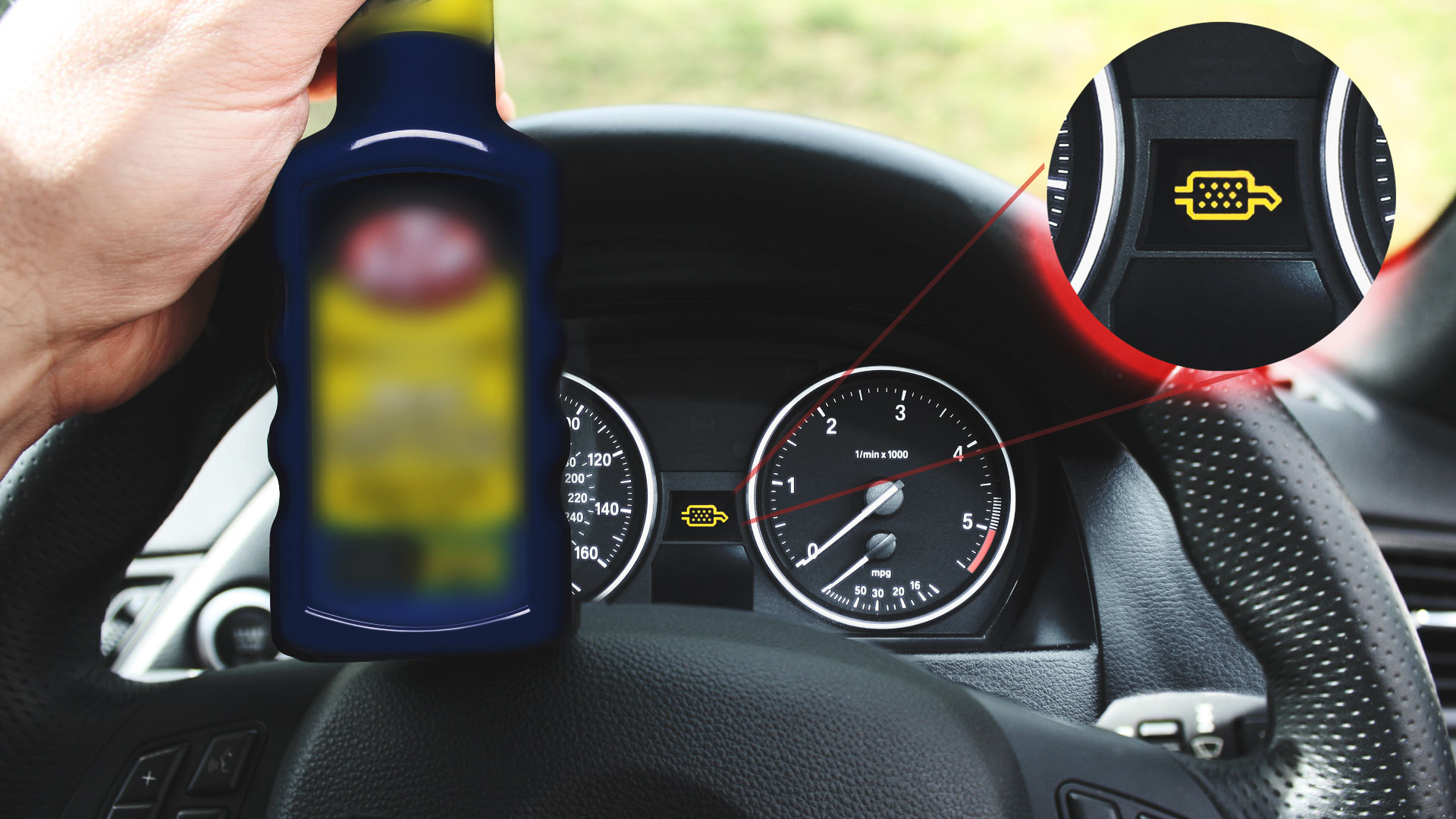How To Clean A DPF Yourself At Home
We're an affiliate
We hope you love the products we recommend! Just so you know, we may collect a share of sales or other compensation from the links on this page. Thank you if you use our links, we really appreciate it!
Table of Contents
DPF’s. They’re a new technology, not commonly discussed or known about by all motorists. Problems can be intimidating, but the reality is that DPF-related issues can be resolved at home without expert skills. Like changing your oil or putting in a new air filter, DPF cleaning can be a doddle if you use the right tools and products.
Taking your car back to the dealer for service like these is the easy route, one that most will take. This though, will leave you without your vehicle for a while and on return you will undoubtedly be presented with an unsightly bill. With just a little reading, research and effort you could save yourself a whole bunch of time and money by resolving the issues without handing over your keys.
4 Methods to Clean Your DPF at Home
DPF Cleaning Additives
Undoubtedly the solution that most will soon come across when researching and trying to solve DPF problems. Additive solutions are commonplace nowadays, even appearing in supermarkets and most petrol stations. There are hundreds of brands currently competing in the market, with many promising outstanding results for minimal outlay and most require little effort to use.
Though there are thousands of positive customer experiences, there are still some who question whether a DPF cleaner actually works. While there is no sure-fire guarantee, industry opinion and massive sales volumes show that people are buying the products repeatedly and experiencing good results. It is important to make sure that you are using the product as the manufacturer intended however, follow all safety precautions carefully.
DPF cleaners are generally mixed with the fuel in your diesel vehicles tank, ensuring that the tank is at least three quarters full (where a lot of users make a mistake). It is usually recommended to then give the vehicle a good run, getting up to proper operating temperature and performing some high-load driving, 10-15 miles of motorway driving is normally sufficient. Multiple applications may be needed for more stubborn blockages but always refer to the manufacturers exact instructions to ensure maximum effectivity and safety. Don’t be confused by the massive choice of products on the market, a little research will ensure you can find the best DPF cleaning solution for your vehicle.
Passive Regeneration
For less stubborn blockages and minor issues, passive regeneration could be the (nearly) free solution that calms your worries. Without any mechanical or software interference, this method could see your car driving at it’s best once again, for the price of a few litres of diesel.
The process is simple, like when using an additive cleaner, take your car for a short motorway blast (or another suitable 50+mph road). Get the car up to its optimal temperatures and keep speeds up for a while, as this allows the exhaust and DPF to reach the required temperature for some of the soot build ups to be released.
This is a very passive method, with no damage to the filter. However, such an unobtrusive method is unlikely to shift heavy blockages. Passive regeneration though, is a great first step to deciding whether or not you require additives or professional assistance.
Active Regeneration
Like the passive method above, active regeneration normally does not require any external tools or products in order to clean your DPF. Active regeneration is a state of running built into your car’s computer by the manufacturer. Once in this state, the engines air-fuel ratio will be altered to raise exhaust temperatures and as a result allow the DPF to clear.
Some cars may need an external software tool to be plugged in, in order to activate this state, in this case you may unfortunately need specialist help to activate the regeneration process. Many vehicles though, come with instructions on how to activate this hidden active regeneration mode in the owner’s handbook.
Activating the cycle is usually a simple matter of achieving certain revs, in a particular gear for a set period of time. This is highly likely to include motorway/ other high-speed road driving as per the passive method, just with more exact targets to aim for. The regeneration will normally be indicated via a dashboard light, which will extinguish once the cycle is complete.
Vehicles will only run in this state in certain conditions and when DPF blockages are sensed by one of the cars many sensors. Running in the active regeneration mode is not ideal for the vehicle, it may use extra fuel and perform less efficiently, hence the car will only choose to use this mode when required/ activated via specialist software. It is always worth a quick leaf through your owner’s manual to check if your vehicle has an active regenerating cycle that you can perform at home, for little to no cost this method could solve even serious DPF blockages.
Mobile Specialist
Our last option may not be a D.I.Y method but does allow you to have DPF issues resolved without having to leave home. Mobile specialist engineers will travel to your home or place of work and performing the cleaning service. This allows you to fit the service in around your schedule and also prevents you being away from home and without your vehicle.
Mobile options will generally use specialist software in order to activate your vehicles active regeneration mode or alternatively may use an additive cleaning product (as mentioned above) and specialist equipment in order to clear any blockages.
While more expensive than the alternative methods aforementioned, the specialists are likely to be able to clear even deeply blocked DPF’s and likely for no more than the same service at a dealer or independent garage. This option works well for those that cannot activate their own vehicle’s regeneration cycle but want a solution that works around their schedule. We must mention though, that a DPF cleaning additive likely offers many of the same benefits at a much lower outlay.
Conclusion
While it is easy to turn to professional help when your vehicle is not working at it’s best, solving DPF issues at home has never been easier. Most of the methods above are cheaper and less involving than taking your car to a mechanic and fit around your schedule rather than fitting you in when it best suits them.
If possible, you should follow guidance on how to avoid DPF issues in the future, to lessen the chance of problems occurring and keep your vehicle running at it’s best. Preventing the issues is much easier and less stressful than having to fix them when they go wrong.
However, should you find yourself in a DPF-related predicament or already have a poorly car, try some of the steps above. Regeneration cycles often only need a short drive, while additive cleaning options are quick, easy and highly recommended. Ultimately the choice is yours, but don’t feel like you always need to fork out big for small-scale issues.
If you liked this article, please share, leave a comment below and check out our other exciting articles.
Categorised in: How-tos





